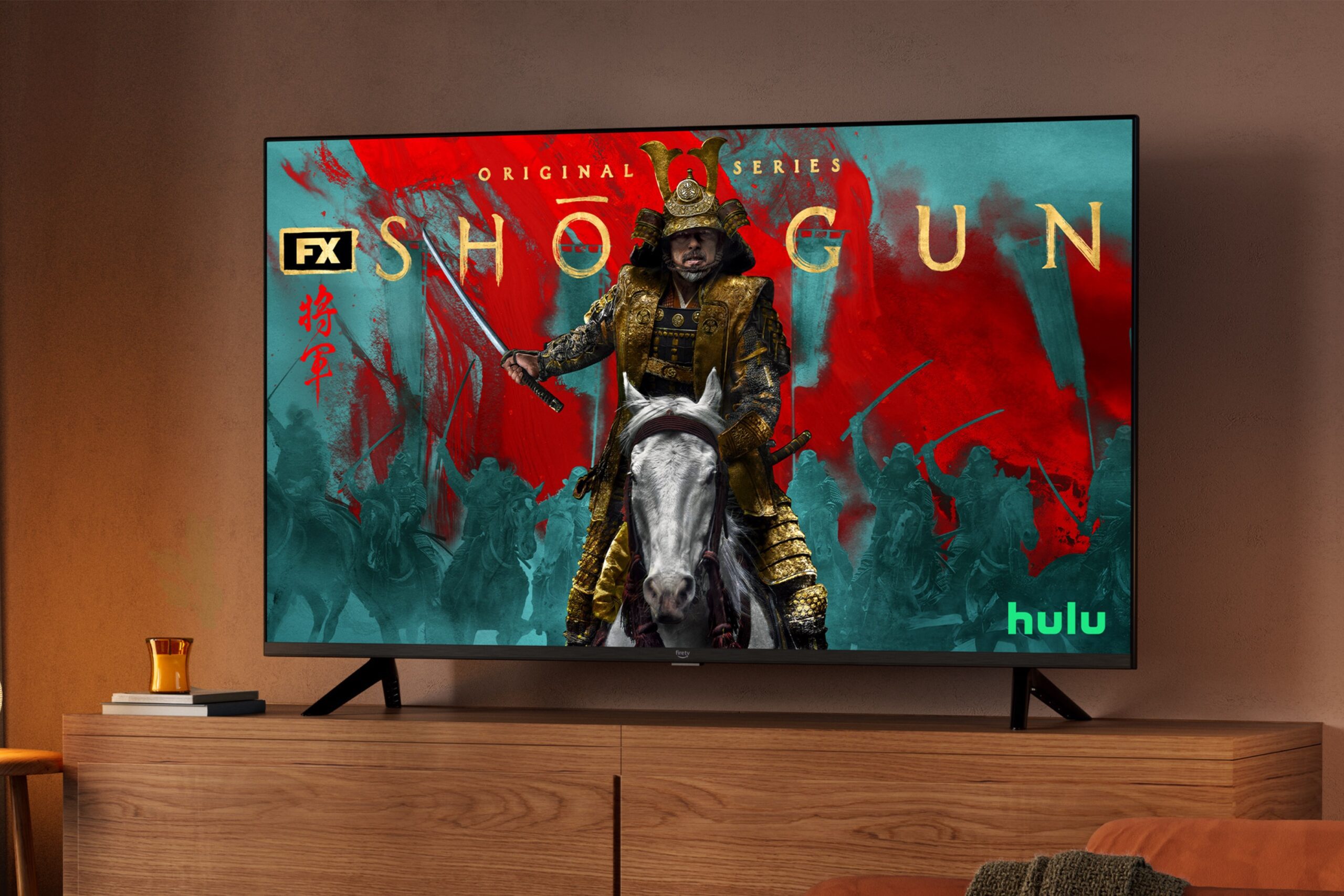
microsoft ai s first in-house image generator Microsoft has officially launched its first in-house AI image generator, MAI-Image-1, which is now integrated into two of its products: Bing Image Creator and Copilot Audio Expressions.
microsoft ai s first in-house image generator
Overview of MAI-Image-1
Announced in October, MAI-Image-1 represents a significant step for Microsoft as it seeks to enhance its AI capabilities and reduce reliance on external models. Mustafa Suleyman, the chief of Microsoft AI, shared on X that the text-to-image model is expected to be available in the European Union soon. This expansion aligns with Microsoft’s broader strategy to make its AI tools more accessible globally.
Capabilities and Features
MAI-Image-1 is designed to excel in generating high-quality images, particularly in specific categories such as food and nature scenes. According to Suleyman, the model is adept at creating artsy lighting effects and photorealistic details, which are crucial for applications requiring high visual fidelity.
Microsoft’s blog elaborates on the model’s strengths, noting that MAI-Image-1 is particularly effective at rendering photorealistic imagery. It can generate intricate details such as lighting effects, including bounce light and reflections, as well as expansive landscapes. This capability is especially noteworthy when compared to larger, slower models that may not deliver the same level of detail or speed.
The combination of speed and quality allows users to quickly bring their ideas to life, iterate through various concepts, and seamlessly transfer their work to other tools for further refinement. This efficiency is likely to appeal to creative professionals and hobbyists alike, who often require rapid prototyping in their workflows.
Integration with Microsoft Products
MAI-Image-1 is currently available in two key Microsoft products: Bing Image Creator and Copilot Audio Expressions. The integration into Bing Image Creator allows users to generate images directly from text prompts, making it easier for individuals to create custom visuals for various purposes, from marketing materials to personal projects.
Bing Image Creator
Bing Image Creator leverages MAI-Image-1 to provide users with a straightforward interface for generating images. Users can input descriptive text, and the model will produce corresponding visuals. This tool is particularly useful for those who may not have graphic design skills but still wish to create compelling imagery.
As one of the three AI models available on Bing’s image creator platform, MAI-Image-1 joins the ranks of DALL-E 3 and GPT-4o, both of which are developed by OpenAI. This positioning indicates that Microsoft is not entirely abandoning its partnership with OpenAI but is instead diversifying its AI offerings to include in-house capabilities.
Copilot Audio Expressions
In addition to its use in Bing Image Creator, MAI-Image-1 is also integrated into Copilot Audio Expressions. This platform allows users to generate AI-driven audio stories, and MAI-Image-1 will create accompanying visuals for these narratives in what is termed “story mode.” This feature enhances the storytelling experience by providing a visual representation of the audio content, making it more engaging for audiences.
Contextual Background
Microsoft’s move to develop in-house AI models, including MAI-Image-1, is part of a broader trend in the tech industry where companies are increasingly investing in their own AI capabilities. In August, Microsoft announced its first in-house AI models, which included the speech model MAI-Voice-1 and the text-based model MAI-1-preview. This shift indicates a strategic pivot away from reliance on OpenAI’s models, although Microsoft continues to use OpenAI’s latest model, GPT-5, in its Copilot chatbot.
The development of MAI-Image-1 and its integration into existing products reflects Microsoft’s commitment to enhancing user experience through advanced AI technologies. By offering tools that enable rapid image generation and audio-visual storytelling, Microsoft aims to cater to a diverse range of users, from content creators to businesses seeking innovative solutions.
Implications for the AI Landscape
The introduction of MAI-Image-1 has several implications for the AI landscape. First, it signifies a growing competition among tech giants to develop proprietary AI models that can meet the demands of various applications. As companies like Microsoft invest in their own technologies, the reliance on third-party models may diminish, leading to a more fragmented AI ecosystem.
Second, the capabilities of MAI-Image-1 may set new standards for image generation quality and speed. As users experience the advantages of this model, they may expect similar performance from other AI tools, pushing competitors to innovate further. The emphasis on photorealism and detail could also influence trends in digital art and content creation, as creators seek to leverage these advancements in their work.
Stakeholder Reactions
Reactions to the launch of MAI-Image-1 have been mixed, reflecting the diverse perspectives within the tech community. Some stakeholders have praised Microsoft for its commitment to developing in-house capabilities, viewing it as a positive step toward greater independence in AI technology. This move is seen as a way to enhance user trust, as proprietary models may offer more control over data privacy and security compared to third-party solutions.
On the other hand, there are concerns regarding the implications of this shift for collaboration within the AI community. Some experts worry that as companies like Microsoft focus on developing their own models, the spirit of collaboration that has characterized the AI field may diminish. This could lead to a situation where advancements are siloed within individual companies, potentially slowing down overall progress in the field.
Future Prospects
Looking ahead, the future of MAI-Image-1 and similar in-house models appears promising. Microsoft’s ongoing commitment to AI development suggests that we can expect further enhancements and features to be rolled out in the coming months. The company’s focus on user experience and rapid iteration will likely drive continuous improvements in the model’s capabilities.
Additionally, as MAI-Image-1 becomes available in more regions, including the EU, it will be interesting to observe how users across different markets respond to the tool. Feedback from these users could inform future updates and refinements, ensuring that the model meets the diverse needs of a global audience.
Conclusion
Microsoft’s launch of MAI-Image-1 marks a significant milestone in the company’s AI journey. By integrating this in-house image generator into products like Bing Image Creator and Copilot Audio Expressions, Microsoft is not only enhancing its offerings but also positioning itself as a formidable player in the AI landscape. As the company continues to innovate and expand its capabilities, the implications for users, competitors, and the broader AI community will be profound.
Source: Original report
Was this helpful?
Last Modified: November 5, 2025 at 4:38 am
0 views















